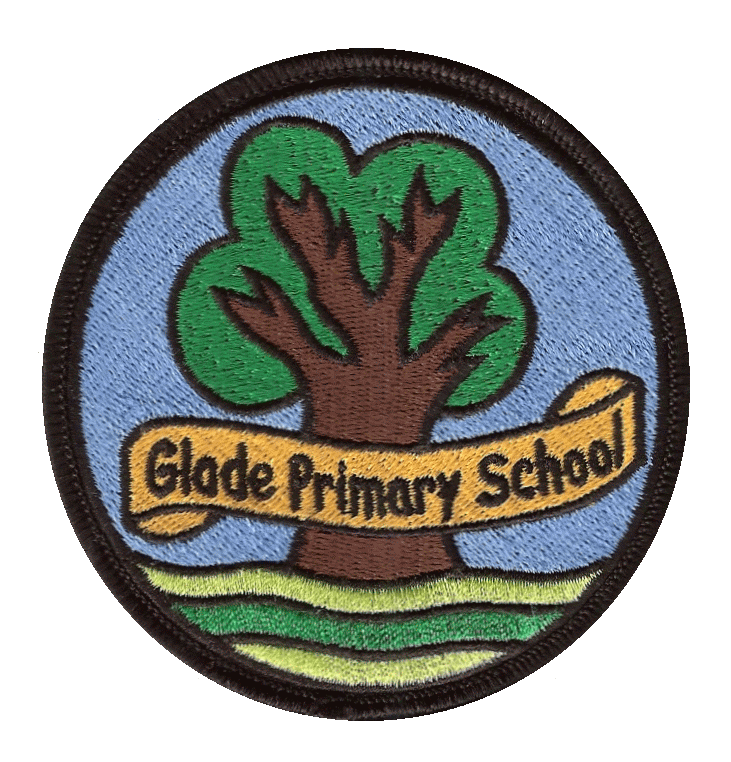Joining Mrs Hussain for Afternoon Tea on 11th October were:
Olivia 1M, Aiden 2R
Elizabeth 3R, Harsha 4A
Jaiden 4M, Eva 6E
It was encouraging to see children proudly sharing their work with everyone at the tea. Jaiden said he wants to become a Head teacher when he grows up (so, watch this space!)
Topic Webs

School Office: 020 8708 0200 - Office Email: Parentinfo@glade.redbridge.sch.uk
Translate
PHONICS
PHONICS
https://www.littlewandlelettersandsounds.org.uk/resources/for-parents/
Please find below additional information regarding our phonics scheme - Little Wandle
Why learning to read is so important
-
Reading is essential for all subject areas and improves life chances.
-
Positive attitudes to reading and choosing to read have academic, social and emotional benefits for children.
How children learn to read
-
Phonics is the only route to decoding.
-
Learning to say the phonic sounds.
-
By blending phonic sounds to read words.
-
Increasing the child’s fluency in reading sounds, words and books.
Reading fully decodable books
-
Children must read books consistent with their phonic knowledge.
-
It is essential not to use other strategies to work out words (including guessing words, deducing meaning from pictures, grammar, context clues or whole word recognition).
-
Books must be fully decodable and follow the Little Wandle scheme
-
Children need to read books in a progressive sequence until they can decode unfamiliar words confidently.
The role of Parents’ and Carers’
-
Have a positive impact on their child’s reading.
-
Should model the importance of reading practice to develop fluency.
-
Children take home e-books they have read at school to re-read at home to build fluency.
-
There are two different types of books that pupils bring home: e-reading practice books and books to share for pleasure.
-
Reading at home encourages a love of books, along with developing vocabulary and discussion.
-
Parents should use voices, expression, discuss unfamiliar vocabulary, talk about the pictures, and predict what might happen next.
-
Give positive yet informative feedback in the home reading diary at least 3 times a week
Supporting your child with reading
Although your child will be taught to read at school, you can have a huge impact on their reading journey by continuing their practice at home.
There are two types of reading book that your child may bring home:
A e- reading practice book.
This will be at the correct phonic stage for your child. They should be able to read this fluently and independently.
A sharing book. Your child will not be able to read this on their own. This book is for you both to read and enjoy together.
Reading practice book
This book has been carefully matched to your child’s current reading level. If your child is reading it with little help, please don’t worry that it’s too easy – your child needs to develop fluency and confidence in reading.
Listen to them read the book. Remember to give them lots of praise – celebrate their success! If they can’t read a word, read it to them. After they have finished, talk about the book together.
Sharing book
In order to encourage your child to become a lifelong reader, it is important that they learn to read for pleasure. The sharing book is a book they have chosen for you to enjoy together.
Please remember that you shouldn’t expect your child to read this alone. Read it to or with them. Discuss the pictures, enjoy the story, predict what might happen next, use different voices for the characters, explore the facts in a non-fiction book. The main thing is that you have fun!
Programme Overview
Phase 2 sounds taught in Reception Autumn 1
This Phase 2 sounds taught in Reception Autumn 1 video
Phase 2 sounds taught in Reception Autumn 2
This Phase 2 sounds taught in Reception Autumn 2 video
Phase 3 sounds taught in Reception Spring 1
This Phase 3 sounds taught in Reception Spring 1 video
How we teach blending
How we teach blending video
Quick guide to Alien words
An explanation of Alien words video
How we teach tricky words
An explanation of tricky words video
Resources for Home
Handwriting and Pronunciation

